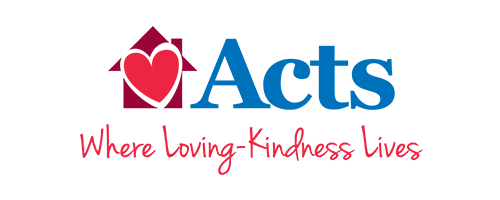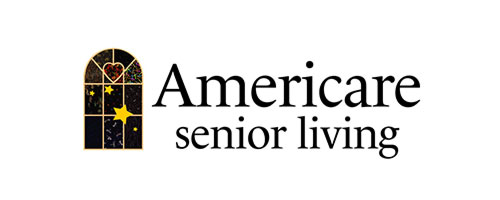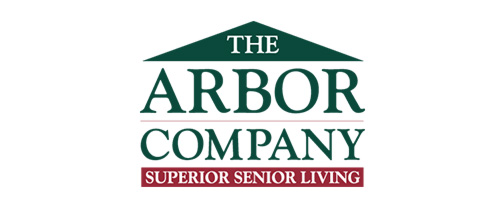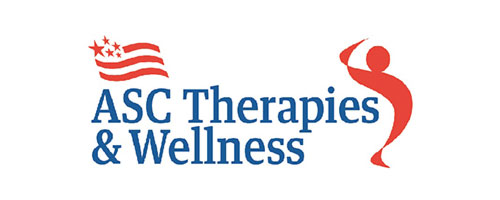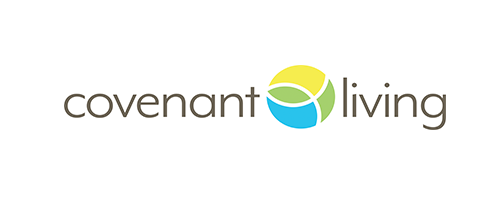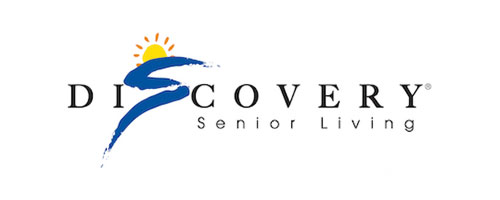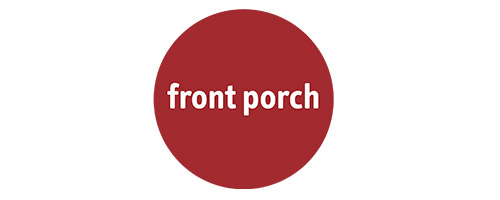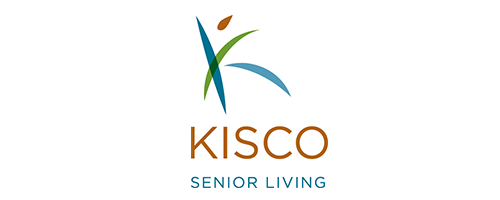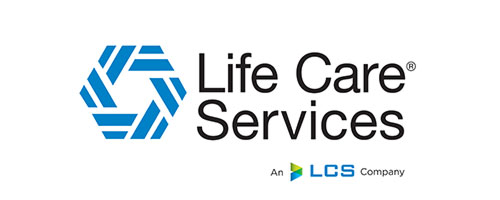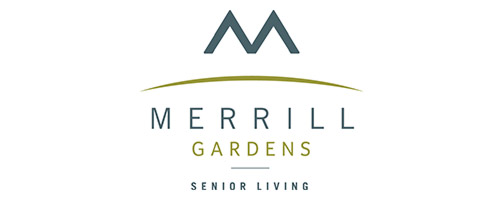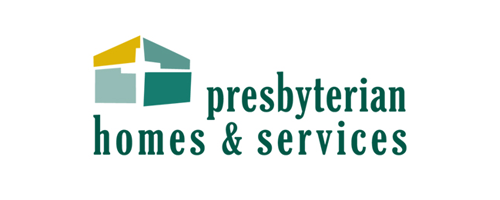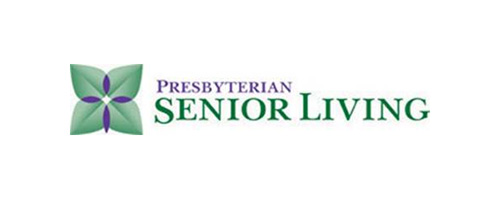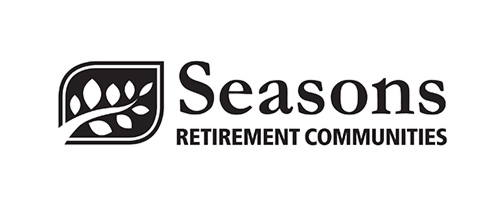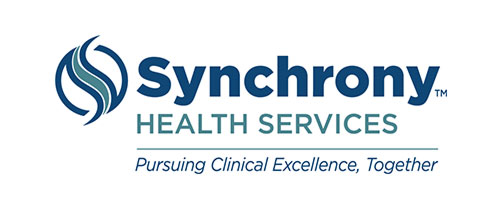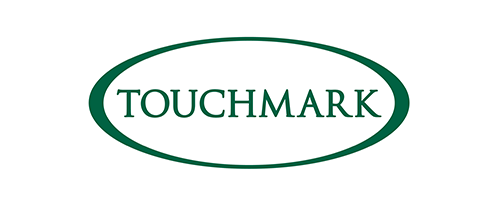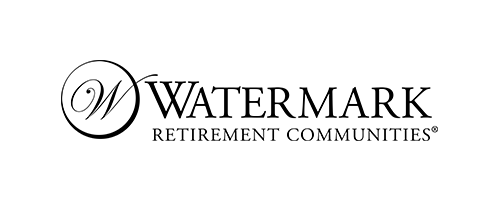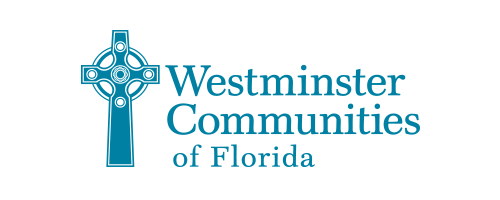New report released by the Canadian Cancer Society reveals that cancer costs the average patient nearly $33,000 in their lifetime
Costs for people with cancer and caregivers are expected to be a staggering $7.5 billion in 2024, placing an immense financial burden on people who are already facing a life-threatening illness.
A report released today by the Canadian Cancer Society (CCS) reveals the substantial financial toll of a cancer diagnosis in Canada, with the average cancer patient grappling with nearly $33,000 in costs including out-of-pocket expenses and lost income during treatment and recovery.
Canadian Cancer Statistics: A 2024 special report on the economic impact of cancer in Canada was developed by the Canadian Cancer Statistics Advisory Committee in collaboration with CCS, Statistics Canada and the Public Health Agency of Canada with analysis conducted by the Canadian Partnership Against Cancer.
The report is the first of its kind, providing a glimpse into the economic impact of cancer both on patients and the healthcare system itself. Using a microsimulation tool called OncoSim, it provides the best estimates of the economic impact of cancer based on available data.
According to the report, people with cancer and their caregivers shoulder 20% of Canada's total cancer costs – amounting to a staggering $7.5 billion this year alone. With rising cost of living, and more people in Canada facing a cancer diagnosis due to a growing and aging population, this number is expected to climb over the next decade to $8.8 billion per year.
"Cancer comes with an incredibly high price tag - it's unacceptable to know that such a significant portion of costs fall on people with cancer and their families," says Dr Jennifer Gillis, Director of Surveillance, Canadian Cancer Society. "This report gives us a look at just how high those costs are. With this new data, we must ask ourselves what more can be done to support Canadians at a time when their focus should be on their health and recovery."
Financial constraints can contribute to worse health outcomes, with some opting to delay or forgo aspects of their treatment. Those who need to work less or leave their job due to illness, along with caregivers who need to take time off, risk losing essential health coverage and income.
The burden isn't felt equally, with those in lower income households and those on fixed incomes disproportionately affected, and those in rural and remote communities far from treatment paying more for travel costs to receive necessary care. According to recent data from MNP Ltd., more than 50% of Canadians have less than $200 left at the end of the month after paying their bills. For many, $33,000 could represent years of savings for important goals like buying a home or paying off a mortgage, funding an education or saving for retirement.
Natalie's story
Natalie Lipschultz was diagnosed with stage 3 colorectal cancer in 2019. While undergoing chemotherapy, she continued to work full time. Natalie was open with her work about her diagnosis and planned treatment schedule, but after an emergency room visit due to a drug reaction, she was unexpectedly terminated without cause. Desperate for health benefits, she accepted severance in exchange for not pursuing legal action.
"I needed my benefits because I was paying for cancer drugs myself. It was very scary," says Natalie. "My husband was going back to school at the time, so there was just lots and lots of financial strain to afford our bills. Thankfully, we had some extended family that helped us out, but I know not everybody has that."
After completing treatment in 2020, Natalie had a baby. Her daughter was just 5 months old when her cancer returned, metastasizing to her liver, classifying her now as stage 4. Surgery in 2022 left her cancer-free, but if it recurs, she'll need specialized drugs that would cost upwards of $10,000 a month, including administering the drugs, plus a possible $1,000 per supplementary pill to control side effects — none of which are currently covered by private or provincial health insurance. The financial strain could force her family to sell their home or take out a second mortgage, get loans from the bank or turn to crowdfunding for further support.
When factoring in her out-of-pocket expenses, lost wages and time costs, Natalie estimates her cancer diagnosis has cost her around $20,000 over the last 6 years. She now speaks out as an advocate focused on the early onset community.
Reducing financial hardship for cancer patients
Alongside our patient and caregiver community, CCS actively advocates to government to reduce the costs that people with cancer or their caregivers need to pay, including lowering cancer drug costs, a refundable caregiver tax credit, better job-protected leave, and expanded supports for travel and accommodation.
"We live in a country with universal healthcare, yet people with cancer are still footing a big bill," says Dr Stuart Edmonds, EVP, Mission, Research and Advocacy, Canadian Cancer Society. "Solving the issue is complex. This is a systemic, societal issue that can't be resolved in isolation. But we know there are choices that governments of all levels can make to reduce the out-of-pocket costs weighing so heavily on people in Canada."
Out-of-pocket costs includes things like prescription drugs, homecare, assistive devices, family care, travel-related expenses and accommodations. Join us in calling on governments to provide more support to reduce the cost of cancer by making your voice heard. Sign our petition today at cancer.ca/costofcancer.
How we can help
CCS offers various supports to ease the financial burden of cancer care, including rides to treatment, accommodation, travel-related financial assistance and free wigs or prosthetics. Visit cancer.ca to find out what supports are available in your region.
Other key findings in the report
- The total cost of cancer to society is expected to be $37.7 billion in 2024.
- Health systems costs are expected to account for 80% of societal costs for cancer, approximately $30.2 billion in 2024.
- Lung, breast, colorectal and prostate cancer, combined, are expected to account for 47% of health systems costs and combined are projected at $14.2 billion in 2024.
- The first year after a cancer diagnosis is the costliest for people with the disease. Costs for people with cancer and their caregivers for the first year of care are projected to total $5.2 billion in 2024, which is just under half of the costs borne by health systems for this phase of care.
Do you have news to share?
The ICAA welcomes your news submissions. Please send your press releases to colinmilner@icaa.cc-the ICAA's email for submissions-and staff will consider your news for possible publication. Newsworthy topics include such things as center/community openings; initiative or campaign launches; announcements of awards, promotions or grants; and other topics of interest to active-aging professionals.
Share








